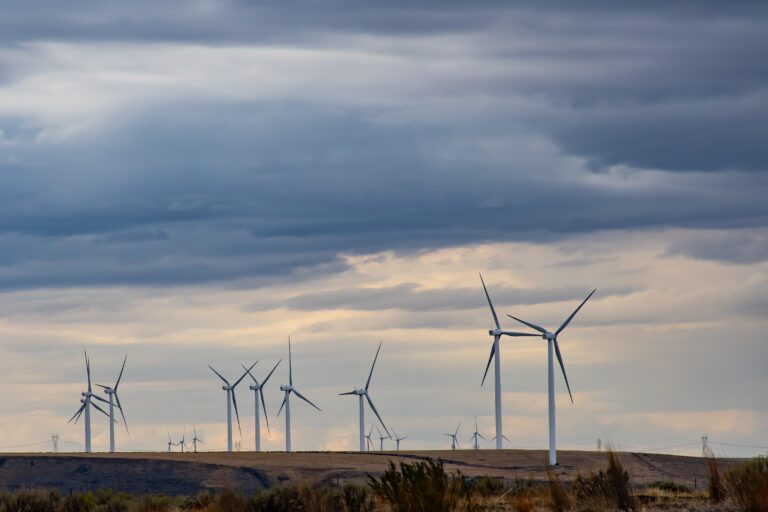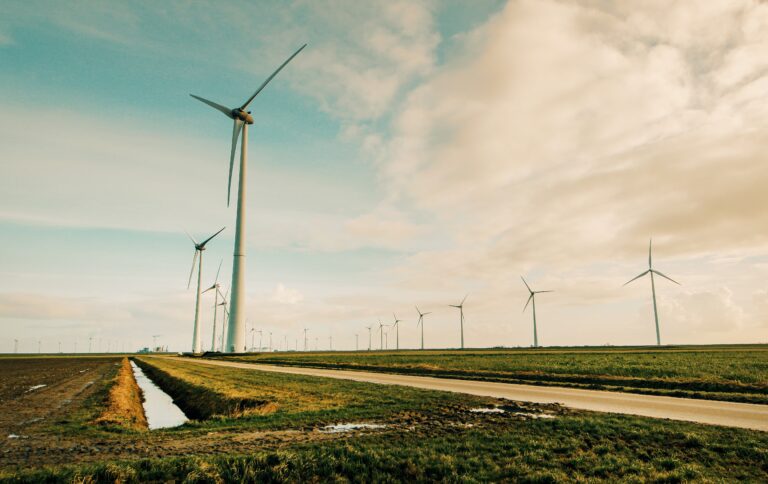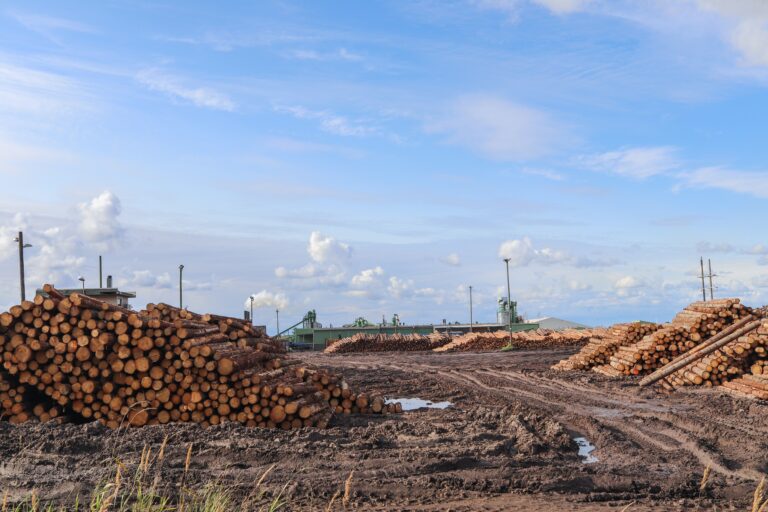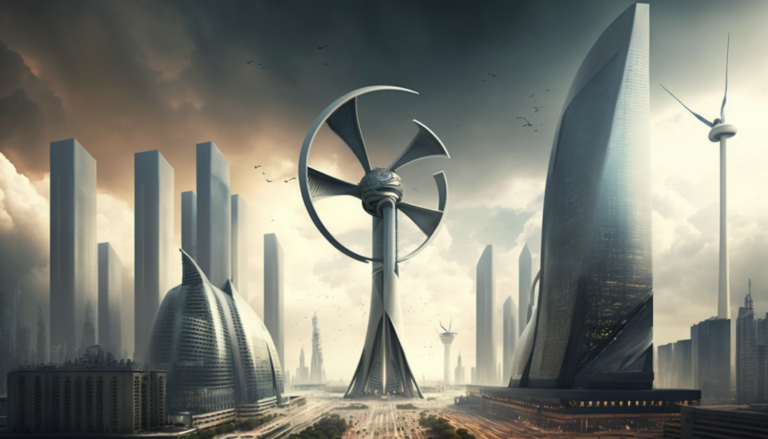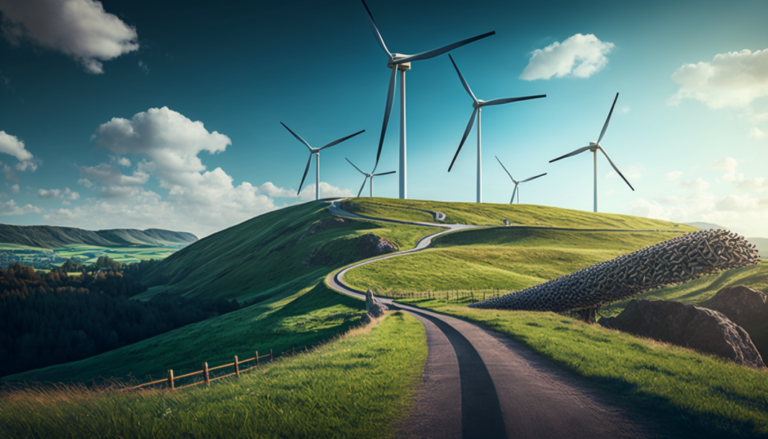How Wind Energy Can Help Your Business Go Green
Wind energy offers businesses a cost-effective and sustainable solution to reduce their carbon footprint and achieve energy independence. By harnessing this renewable resource, companies can lower energy expenses, enhance their brand image, and contribute to environmental conservation. Despite challenges like high upfront costs and maintenance requirements, government incentives and technological advancements make wind energy a viable option for corporate sustainability efforts.
Table of Contents
Going green has been a major focus for businesses all around the world in recent years. Companies are seeking for sustainable energy solutions to lower their carbon footprint as they become more conscious of the impact of climate change. Wind energy is one such alternative, which has grown in favor as a clean and sustainable source of energy. In this post, we will look at the advantages of wind energy and how it may help organizations meet their sustainability objectives.
The Advantages of Wind Energy
Wind energy is a renewable energy source that offers various advantages over traditional energy sources. In this post, we will look at the benefits of harnessing wind energy.
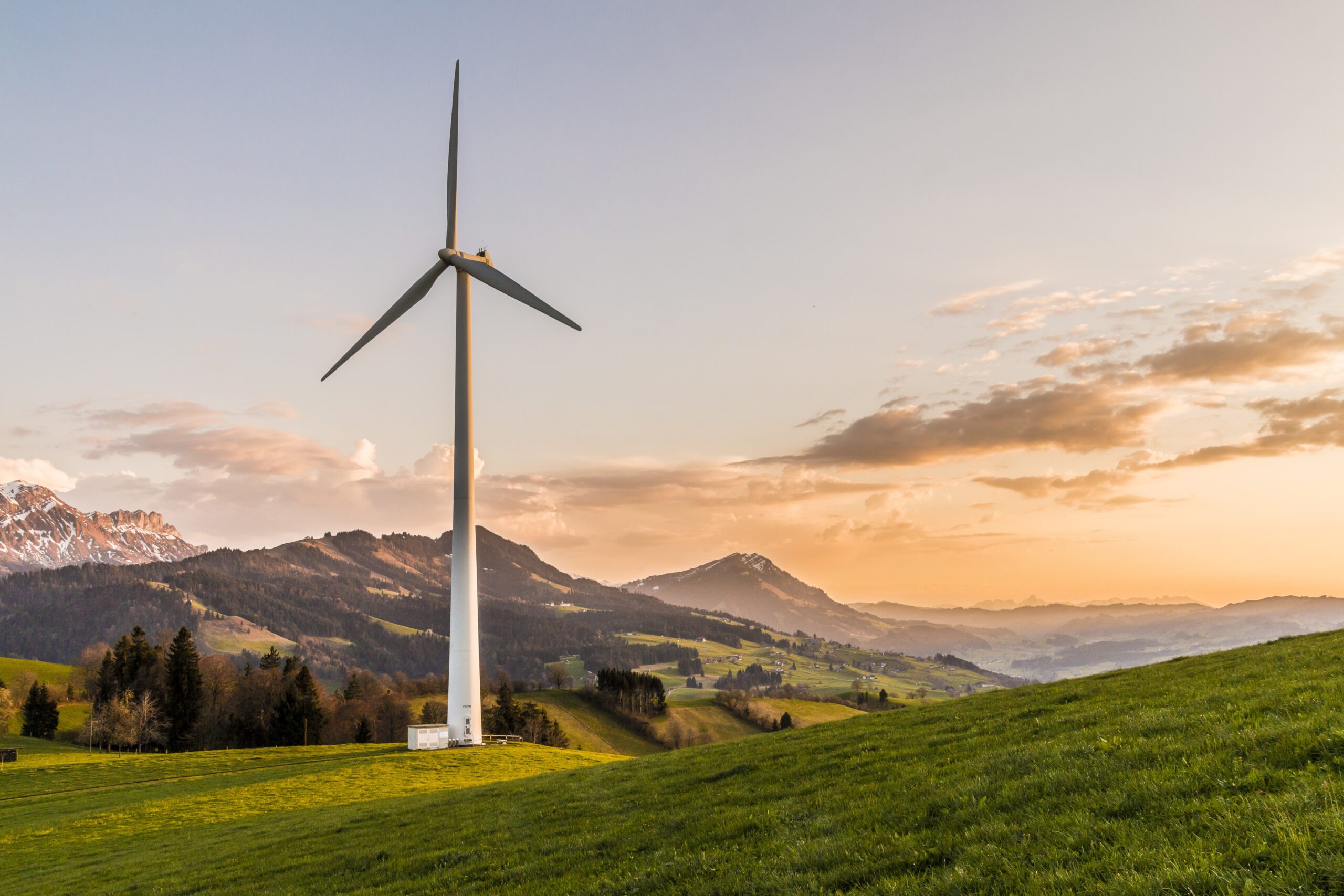
Cost Benefits of Using Wind Energy
One of the most major benefits of adopting wind energy is the cost reduction. Wind energy is a free resource, and the cost of generating power is modest once the wind turbines are constructed. As a result, wind energy is a more cost-effective alternative to traditional energy sources like coal and natural gas.
Carbon Emissions and Environmental Impact Reduced
Another benefit of using wind energy is that it reduces carbon emissions and has a lower environmental effect. In contrast to traditional energy sources, which release greenhouse gases and other pollutants, wind energy emits no hazardous emissions. As a result, wind energy is a cleaner and more sustainable way to generate electricity.
More Energy Independence
Wind energy also contributes to greater energy independence. Countries reliant on imported fossil fuels for energy are subject to price swings and supply interruptions. Wind energy, on the other hand, is a native resource that may be used to satisfy a country’s energy requirements, minimizing reliance on foreign energy sources.
Wind Turbine Technology
Wind turbines are a popular renewable energy source that use the power of the wind to create electricity. They function by turning the wind’s kinetic energy into mechanical energy, which is subsequently transferred into electrical energy.
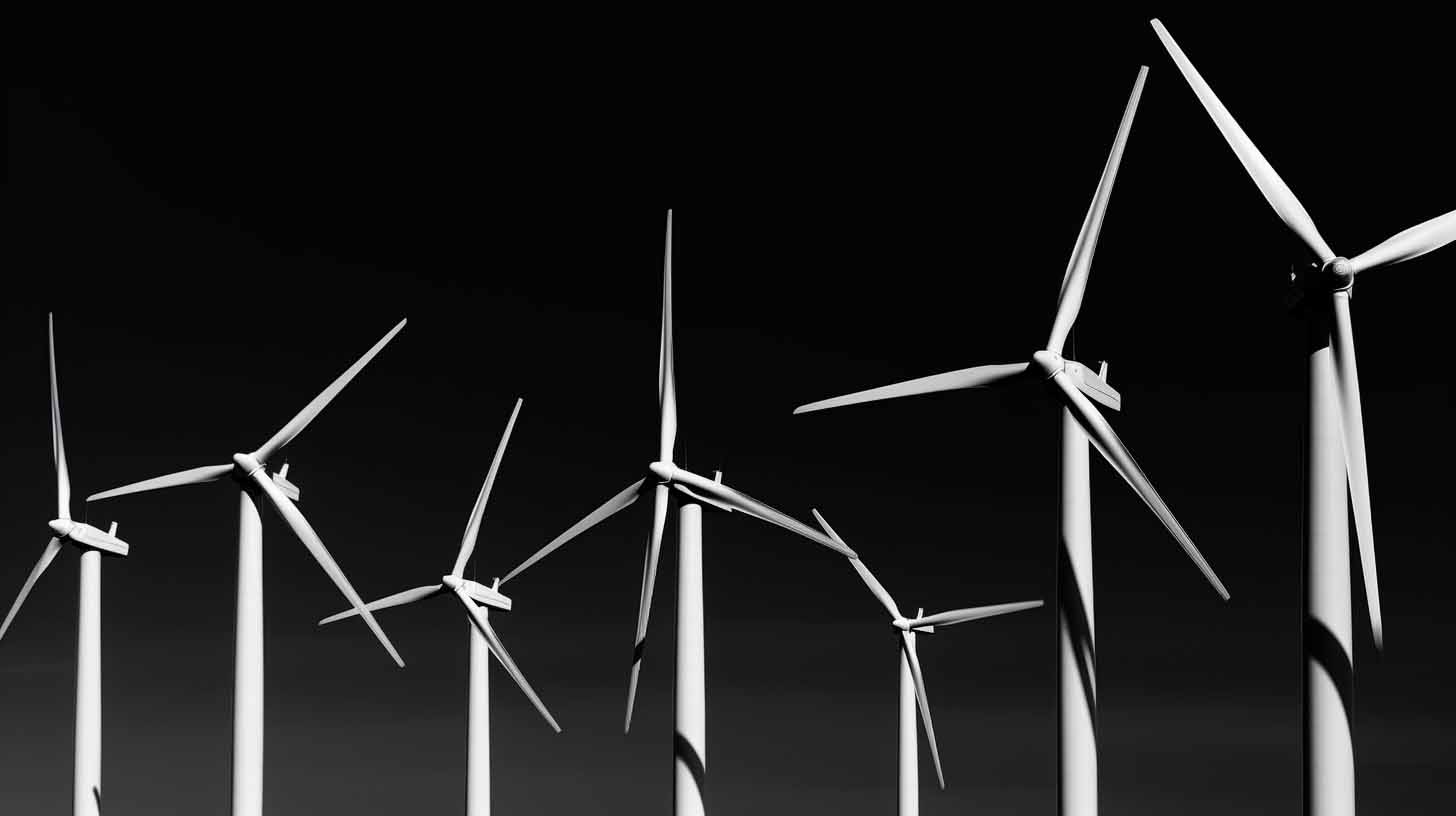
Wind turbines are classified into two types: horizontal-axis turbines and vertical-axis turbines. The most common form is a horizontal-axis turbine, which has blades that revolve along a horizontal axis. Vertical-axis turbine blades, on the other hand, revolve along a vertical axis.
Wind turbines may be utilized in a range of environments, including onshore and offshore. Onshore wind turbines are commonly found in rural regions, but offshore wind turbines are found in coastal areas with strong and persistent winds.
When selecting a wind turbine for your business, it is critical to examine elements such as turbine size, location, and the quantity of wind available in your region. It is also necessary to examine the costs of installation and maintenance, as well as the possible energy savings.
Aside from typical wind turbines, smaller, more portable wind turbines are available for personal or small-scale uses. These turbines are frequently used to power houses, cottages, and other small structures.
Wind turbines, in general, are a dependable and sustainable source of energy that may assist businesses and individuals in reducing their carbon footprint and saving money on energy bills. You can harness the force of the wind to create clean, renewable energy for years to come by selecting the correct wind turbine for your requirements.
Wind Energy and Business Growth
Wind energy is a clean and renewable form of energy that may help your company develop and succeed. You may lower your carbon footprint, save money on electricity, and attract environmentally aware clients by incorporating wind energy into your company strategy.
Many firms have effectively incorporated wind energy into their operations. IKEA, for example, has erected wind turbines in several of their shops and warehouses to help them decrease energy costs and become more sustainable. Similarly, Google has invested in wind energy projects and has pledged to use only renewable energy in its operations.
Businesses that use wind energy can also benefit their staff and consumers. Employees are more likely to feel proud of their employer if it is devoted to sustainability and decreasing its environmental effect. Customers are also more willing to support firms who are concerned about the environment and are working to lessen their carbon impact.
Wind energy may give economic benefits to businesses in addition to environmental ones. Businesses that generate their own energy can minimize their dependency on the grid and save money on energy expenditures. They may also sell excess energy back to the grid, generating additional cash.
Finally, wind energy may help your business grow and succeed by lowering your carbon footprint, saving money on electricity, and recruiting environmentally concerned clients. You may reap the benefits of this clean and renewable source of energy by following the lead of successful firms that have integrated wind energy into their operations.
How Wind Energy Can Help Your Business Go Green
Businesses are seeking for methods to lower their carbon footprint as the globe grows more ecologically conscious. Wind energy is one technique to do this. Here are some examples of how wind energy might help your company go green:
Cost-cutting measures
Wind energy can assist your company in lowering its energy expenditures. The energy produced by wind turbines is free once they are erected. This implies that your company may lessen its reliance on costly traditional energy sources.
Environmental Advantages
Wind energy is a clean and sustainable energy source. It emits no hazardous emissions, which implies it has no impact on air pollution or climate change. By utilizing wind energy, your company may minimize its carbon footprint while also helping to safeguard the environment.
Energy Self-Sufficiency
Using wind energy might also assist your company in becoming more energy independent. By producing your own energy, you may lessen your dependency on the grid and prevent the price volatility that come with it. This can assist your company in becoming more self-sufficient and robust.
Strong Brand Image
Using wind energy might also assist your company in developing a strong brand image. Consumers are becoming more environmentally sensitive, and they are more willing to support firms devoted to long-term sustainability. By utilizing wind energy, your company may demonstrate its environmental stewardship and attract ecologically aware clients.
Challenges to Implementing Wind Energy
Wind energy is a prominent renewable energy source that many businesses want to use. However, there are various obstacles that enterprises must overcome while attempting to incorporate wind energy. In this essay, we will look at some of the most prevalent problems and their remedies.
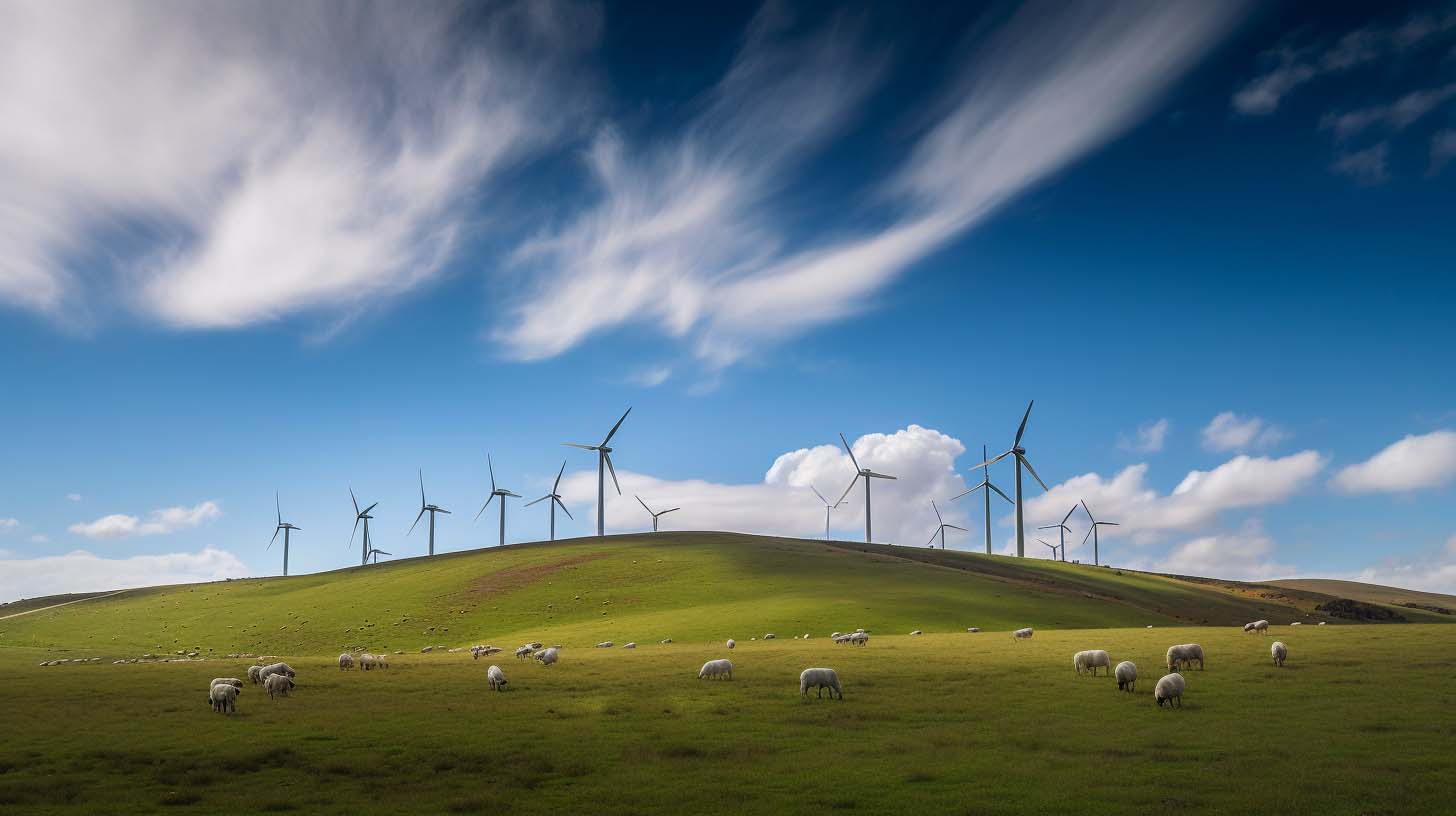
The high upfront expenses are one of the most significant hurdles that businesses confront when utilizing wind energy. Wind turbines may be fairly expensive to purchase and install. Businesses, on the other hand, can overcome this obstacle by taking advantage of government subsidies and tax credits. Many governments provide tax breaks to companies who invest in renewable energy sources such as wind energy.
Another difficulty that firms confront is locating adequate places for wind turbines. Wind turbines take up a lot of space and must be installed in places with significant wind speeds. This might be challenging for enterprises in metropolitan areas or in places with low wind speeds. firms, on the other hand, can solve this difficulty by collaborating with other firms or groups to share the cost of building wind turbines in appropriate areas.
Wind turbine maintenance and repair may also be difficult for enterprises. Wind turbines require routine maintenance to guarantee proper operation. Businesses, on the other hand, may overcome this obstacle by hiring competent technicians to maintain and repair their wind turbines.
There are several resources accessible to businesses interested in implementing wind energy. The American Wind Energy Association offers information and tools to companies interested in investing in wind energy. The Department of Energy also provides services and money to businesses interested in using renewable energy sources.
To summarize, while deploying wind energy presents problems, businesses may overcome these challenges by taking use of government incentives, collaborating with other businesses, employing competent specialists, and leveraging existing resources. Businesses may minimize their carbon footprint and save money on energy bills by investing in wind energy.
Conclusion
Finally, wind energy has various advantages for organizations aiming to lower their carbon footprint and increase their sustainability efforts. Businesses may considerably reduce their dependency on fossil fuels and minimize their energy expenses in the long term by harnessing the power of wind. Furthermore, investing in wind energy may assist businesses in meeting their sustainability objectives and improving their reputation as environmentally responsible firms. As a result, we advise businesses to explore incorporating wind energy into their sustainability initiatives and reap the numerous benefits it has to offer.

